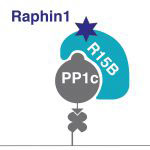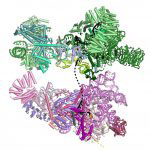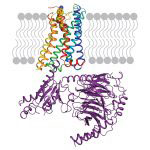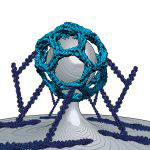
Scientists have identified planets outside our solar system where the same chemical conditions exist that may have led to life on Earth. The researchers, from John Sutherland’s group in the LMB’s PNAC Division and the University of Cambridge Cavendish Laboratory, found that the chances for life to develop on the surface of a rocky planet like Earth are connected to the type and strength of light given off by its host star.




